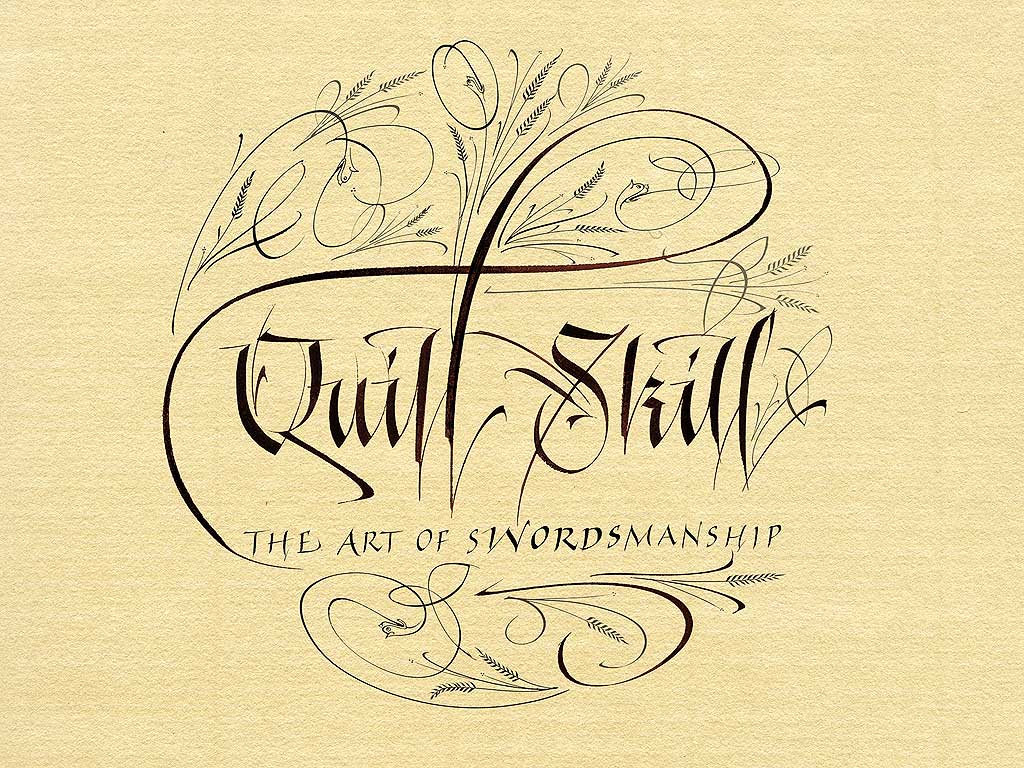When an artist combines two passions, that of creating letters and images, a beautiful form of expression is born. One well known method of this combination is the art form of calligraphy.
Originating from ancient cave paintings and Egyptian hieroglyphics, the impulse for man to sync letter and image together to create a system of communication has fluctuated in terms of complication and creativeness. In the early forms of written communication, man used only what today we would classify as images or pictures. The picture below shows the early Egyptians’ form of writing. Obviously, they found something that images could be a successful form of written communication. This is because images can express meaning just as easily as a letter. An ‘L’ can be communicated by two lines, one horizontal and one vertical meeting an angle, and, just as successfully, by a few lines that make up a lion image (as in the Egyptian alphabet). Both are images designed to communicate a meaning from human to human, the only difference is in the society in which the image/letter is used.
More recently calligraphy has become known as a form of art infused within the letters society uses every day. Now able to distinguish between the letter and the image, as opposed to their acting as one in the same, calligraphy enables the artist to communicate beauty along with the worded message. With the invention of the computor, and the various typefaces that came along with it, calligraphy almost met with its extinction; however, humanity has not lost its desire for images to portray beauty, nor the desire to derive meaning from an image. A computer-created font can seem beautiful, but it lacks the honest determination to create something new and wonderful for the world to admire. Mankind will never lose the desire to interpret the meaning behind paintings and sketches. Calligraphy is the evolution and combination of humanity’s form of expression.



No comments:
Post a Comment